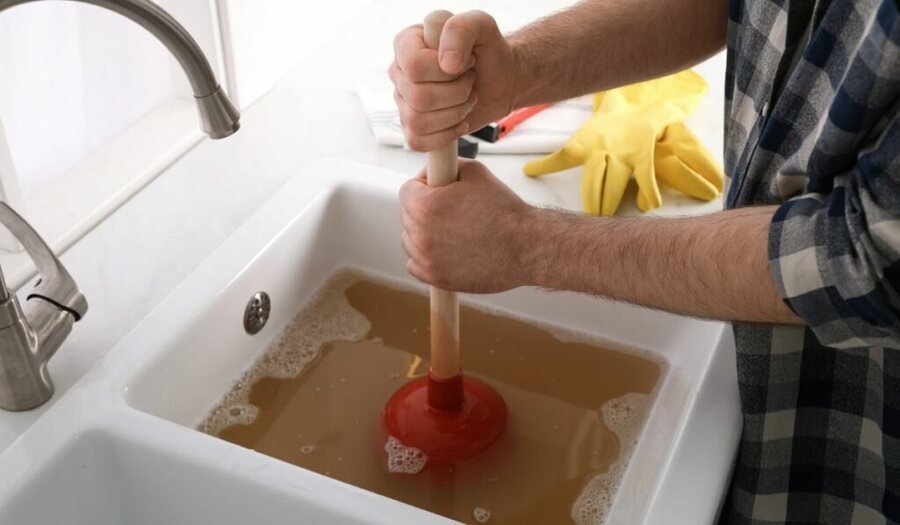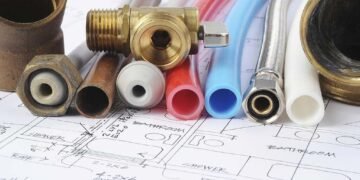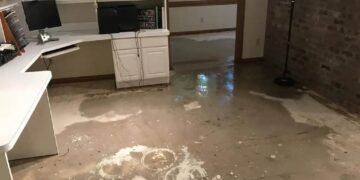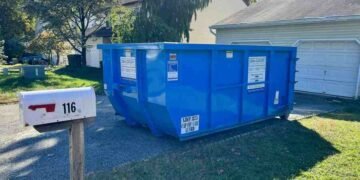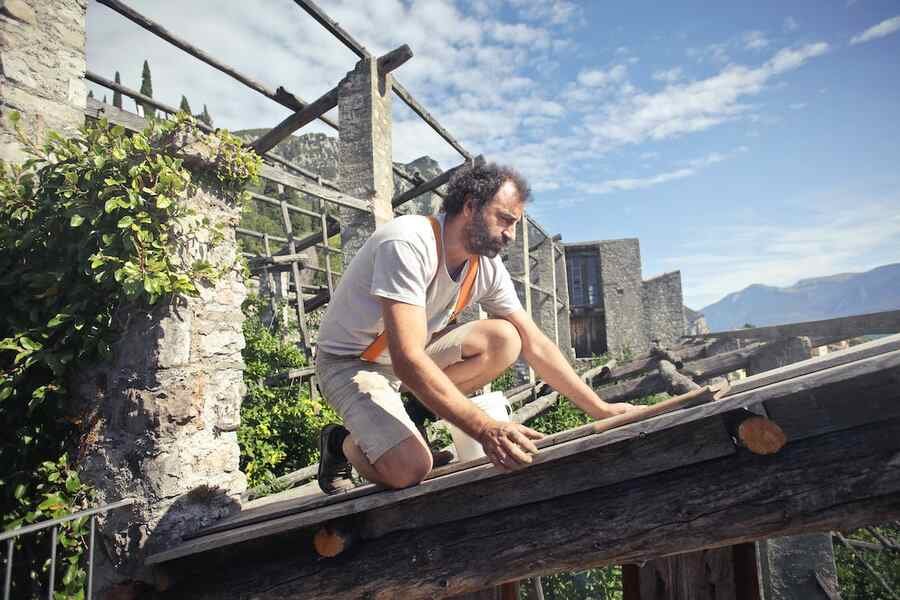Drain and pipe blockages are a common problem in both residential and commercial settings. Understanding the main causes of these blockages and the best solutions can help in maintaining a smooth and efficient drainage system. This article will explore the primary reasons for drain and pipe blockages and provide practical solutions.
1. Accumulation of Hair and Soap Residue
One of the most frequent causes of drain blockages in bathrooms is the accumulation of hair and soap residue. Hair strands, over time, can form large clumps, which, combined with soap scum, create a sticky mass that adheres to the inside of pipes.
The best way to prevent this is by installing drain guards to catch hair and regularly cleaning drains. For existing blockages, chemical drain cleaners or a plumber’s snake can be used to dissolve or dislodge the clog.
2. Food Waste and Grease Build-up
In kitchens, food particles and grease are the main culprits. Grease can solidify inside pipes, creating a blockage that prevents water flow. Over time, food particles and other debris stick to this greasy build-up, worsening the blockage.
To prevent this, avoid pouring grease down the drain and use sink strainers to catch food particles. For blockages, a combination of hot water and dish soap can sometimes dissolve grease, but more severe blockages might require professional intervention.
3. Flushing Non-Flushable Items
Toilets often get clogged due to the flushing of items that are not meant to be disposed of in this manner, such as sanitary products, wipes (even those labeled as flushable), and cotton swabs.
The key to prevention is education: ensure that everyone using the toilet knows what should and should not be flushed. For existing blockages, a plunger or a plumber’s snake can often resolve the issue. In severe cases, a plumber may need to remove the toilet to access the blockage.
4. Tree Root Intrusion
For external drainage systems, tree root intrusion is a significant issue. Tree roots are attracted to the moisture in sewer lines and can grow into pipes through tiny cracks, causing blockages and potentially severe pipe damage.
Preventing root intrusion can be challenging but keeping trees well-watered can reduce their search for moisture elsewhere. If roots have intruded, a drain cleaning professional will need to use specialized equipment to cut the roots and possibly repair the pipe.
5. Mineral Build-up
In areas with hard water, mineral deposits can accumulate over time inside pipes, narrowing the passage and eventually leading to blockages.
Installing a water softener can prevent mineral build-up. For existing deposits, descaling agents can help, but in severe cases, parts of the piping may need to be replaced.
6. Foreign Objects
Sometimes, objects accidentally dropped down drains (like toys, small household items) can cause blockages. These objects can get stuck in the U-bend and obstruct the flow of water.
The best prevention is caution and vigilance, especially with children around. To remove these blockages, disassembling the U-bend or using a plumber’s snake might be necessary.
7. Structural Damage to Pipes
Structural damage such as cracks or collapses in pipes can lead to blockages. These can be caused by ground movement, heavy traffic on the ground above, or general wear and tear over time.
This issue requires professional assessment. CCTV drain surveys can help diagnose the problem. Repairs might involve pipe relining, patching, or, in severe cases, excavation and replacement of the damaged section.
Wrapping Up
Prevention is key to avoiding drain and pipe blockages. Regular maintenance, careful disposal of waste, and awareness of what goes down the drain can significantly reduce the risk of blockages. For existing blockages, while some can be handled with DIY methods like plungers or chemical cleaners, others require professional attention. It’s important to address these issues promptly to prevent further damage and ensure a well-functioning drainage system.
By understanding the common causes of drain and pipe blockages and implementing the right solutions, homeowners and property managers can maintain efficient and hassle-free wastewater systems. Regular inspections and being mindful of daily habits can go a long way in preventing these common plumbing issues.

